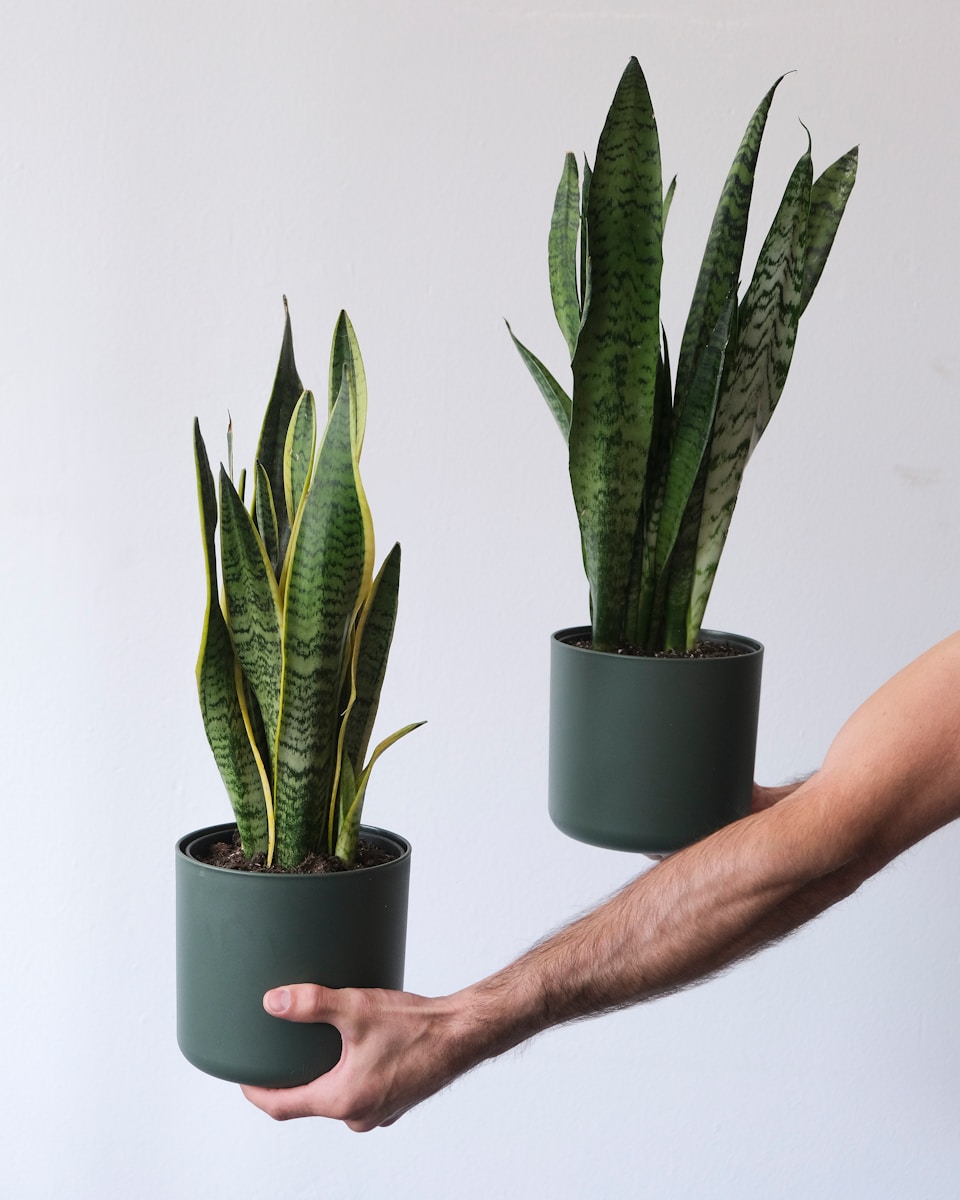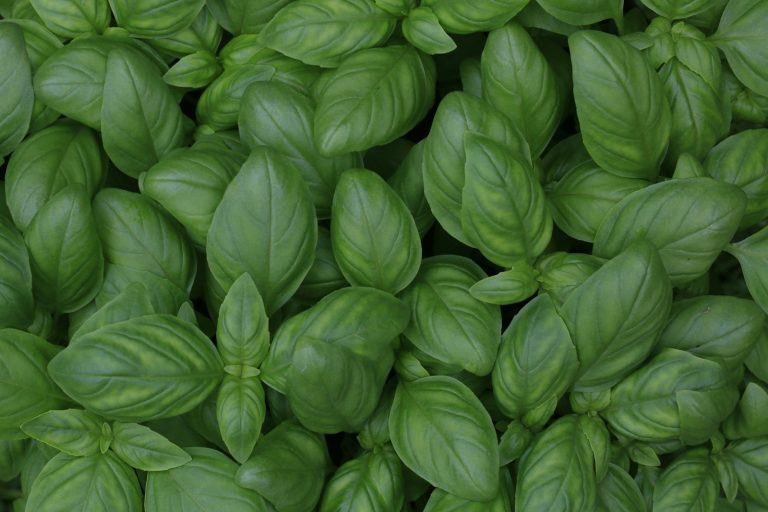How to Propagate a Snake Plant: Soil & Simple Methods

Propagating your snake plant collection is cost-free and easy! This guide will help you expand your collection using simple soil and water methods. Learn how to propagate and enjoy the process.
Key Takeaways
- Propagating a snake plant is easy and inexpensive.
- Methods include propagation in soil or water.
- Proper plant care is essential for successful propagation.
Understanding the Snake Plant
What is a Snake Plant?
The snake plant, scientifically known as Sansevieria trifasciata, is a popular succulent houseplant known for its striking, upright leaves and air-purifying abilities. Also known as mother-in-law’s tongue, this plant is native to West Africa. The snake plant’s architectural shape and low maintenance requirements make it a favorite among beginner and experienced plant enthusiasts alike. One plant can create many more.
Benefits of Snake Plants
Beyond its aesthetic appeal, the snake plant offers several benefits. It filters indoor air, removing toxins. As a succulent, it’s drought-tolerant and requires minimal watering. Snake plants also convert carbon dioxide into oxygen at night, making them a great addition to bedrooms. They are also easy to propagate, and you can start growing a whole family of plants.
Basic Snake Plant Care
Snake plant care is simple. They thrive in indirect light but can tolerate low-light conditions. Avoid direct sunlight, which can scorch the leaves. Water sparingly, allowing the soil to dry out completely between waterings to prevent root rot. Use well-draining potting soil and ensure the pot has drainage holes. These plants are very forgiving, making them ideal for forgetful plant parents. Understanding snake plant care is crucial for successful propagation.
Methods to Propagate Snake Plants
Best Way to Propagate a Snake Plant
The best way to propagate a snake plant is often debated, but many find success with leaf cuttings in soil. This method involves taking a healthy snake plant leaf, cutting it into sections, and allowing a callus to form before planting them in soil. This approach encourages new root growth, which leads to new plant development. While water propagation is an option, soil propagation often results in stronger, more resilient plants. Learn how to propagate and experiment to see what works best for you!
Using Cuttings to Propagate Snake Plants
To propagate snake plants using cuttings, select a healthy snake plant leaf from the mother plant. Cut the leaf into sections, each about 2-3 inches long. Let the cuttings dry for a few days until a callus forms over the cut ends. This prevents rot. Plant the callus-ed end of each cutting in well-draining potting soil. Ensure the soil remains slightly moist but not waterlogged to encourage roots to grow. Place the pot in indirect light and wait for new growth.
Water Propagation: Planting Snake Plants in Water
Planting in water is another popular method to propagate a snake plant. Place your snake plant cutting in a glass or jar of water, ensuring that only the base of the plant is submerged. Change the water every few days. Within a few weeks, new roots should begin to emerge. Once the roots are about an inch long, you can transplant the cutting into soil. This method allows you to visually monitor root development before planting.
Soil Considerations for Propagating Snake Plants
Choosing the Right Soil for Snake Plant Cuttings
Selecting the right soil is vital for successful snake plant propagation. Snake plants, being succulents, need well-draining soil to prevent root rot. A mix of potting soil, perlite, and coarse sand works well. This combination ensures good drainage, allowing excess water to escape. Avoid heavy soil that retains too much moisture, as this can lead to mushy cuttings and hinder root development. Preparing Soil for Planting Cuttings Before planting your snake plant cuttings, prepare the soil properly. Mix equal parts of potting soil, perlite, and coarse sand to create a well-draining medium. Lightly moisten the soil before planting, but avoid making it soggy. Use a small pot with drainage holes to ensure excess water can escape. Gently place the callus-ed end of the cutting into the soil, firming the soil around it to provide support.
Care Tips for Snake Plants in Soil
After planting your snake plant cuttings in soil, proper plant care is essential. Place the pot in indirect light and avoid direct sunlight, which can scorch the snake plant leaves. Water sparingly, allowing the soil to dry out completely between waterings. Overwatering can lead to root rot. During the rooting process, keep the soil slightly moist but not waterlogged. Once the new plant establishes, reduce watering frequency.
Water Propagation Techniques
How to Water Propagate Snake Plants
To water propagate snake plants, select a healthy leaf from the mother plant and make a clean cutting near the base of the plant. Place the cutting in a jar or glass of water, ensuring that only the bottom inch or two is submerged. Avoid letting the entire leaf sit in water, as this can cause rot. Position the jar in indirect light and change the water every few days to prevent bacterial growth. Be patient; new roots will typically emerge within a few weeks. This method of propagation allows you to visually monitor root development.
Monitoring Growth in Water
While you propagate a snake plant in water, it’s essential to keep a close eye on the cuttings. Regularly check the water and change it frequently. Watch for the development of new roots, which typically appear as small, white protrusions. Once the roots are about an inch long, the snake plant cutting is ready to be transferred to soil.
Transferring Snake Plants from Water to Soil
Once your snake plant cutting has developed sufficient roots in water, it’s time to transplant it to soil. Choose a well-draining potting soil mix, like the one recommended earlier, and a pot with adequate drainage holes. Gently remove the cutting from the water and plant it in the soil, being careful not to damage the delicate roots. Keep the soil slightly moist initially, then gradually reduce watering frequency as the new plant establishes itself. Place the pot in indirect light and provide plant care as you would for a mature snake plant.
Common Challenges in Propagating Snake Plants
Identifying Issues with Cuttings
When you propagate a snake plant, you might face a few challenges. One common issue is rot, which can occur if the cuttings are kept too wet or if the water isn’t changed regularly. Another issue is slow or no root development. This can be due to insufficient indirect light, poor water quality, or unhealthy mother plant material. Addressing these issues promptly can improve your chances of successful plant propagation.
Signs of Overwatering or Underwatering
Both overwatering and underwatering can negatively impact your snake plant cuttings. Overwatering can lead to root rot and mushy cuttings, while underwatering can cause the leaf cuttings to dry out and fail to root. Signs of overwatering include yellowing leaves and a foul odor emanating from the pot. Underwatering is indicated by shriveled or wrinkled leaves. Adjust your watering schedule accordingly to maintain the proper moisture balance. To propagate snake plants correctly, you need to find the right moisture level.
Preventing Pests and Diseases
Although snake plants are generally pest-resistant, they can occasionally be affected by common houseplant pests like mealybugs or spider mites. Regularly inspect your cuttings for any signs of infestation. Treat any infestations promptly. To prevent fungal diseases, ensure good air circulation and avoid overwatering. Practicing good plant care can help propagate snake plants successfully and keep your plants healthy and thriving.

